Cape May diamonds are actually pieces of pure quartz crystals, resembling translucent pebbles. The crystals wash up on shore and gleam in a variety of colors in the sand like diamond pebbles. They are found in abundance only on Sunset Beach, Cape May Point, New Jersey. They are usually discovered by carefully sorting through washed-up beach detritus.
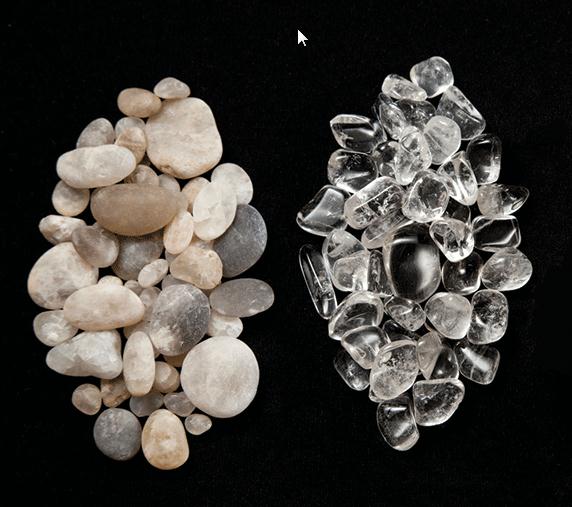
The Delaware River is where the Cape May diamonds come from originates in the Catskill Mountains in southeasterly New York, and flows all the way down to the tip of New Jersey's penisula. The total length is approximately 410 miles. It is reportedly the longest undammed river east of the Mississippi River. It supplies nearly 5% of the United States with drinking water.
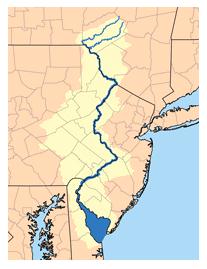
The source of the Cape May diamonds originate in the upper reaches of the Delaware River. It has been estimated the journey to the sea of a Cape May Diamond begins when some quartz rocks fall from a Pennsylvania mountain into the Delaware River. This is thought to happen at or near Delaware Water Gap, in the upper reaches of Delaware River. Over time, the pebbles are washed, ever so slowly, past: Trenton, Palmyra, Camden and Philadelphia and finally to the broad reaches of the shallow, muddy Delaware Bay. Scientists estimate it can take over a thousand years for a pebble to move approximately 200 miles, from the mountains of Pennsylvania to its final resting place on Sunset Beach, in Cape May New Jersey. During these years, the quartz deposits are battered by river’s swift waters and rapid river currents, tumbling and smoothing the quartz crystals.
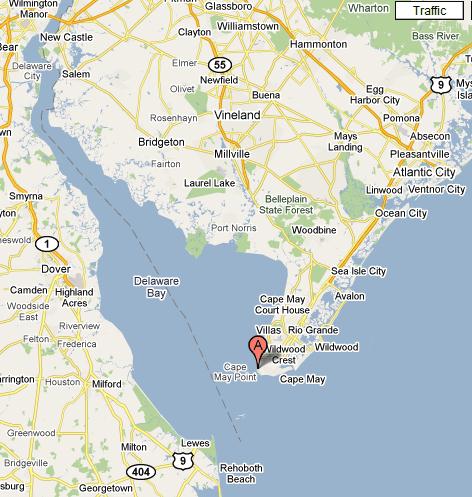
Once the crystals reach the mouth of the Delaware Bay they are swiftly propelled. This turbulence comes about because although the mouth of the bay is 17 miles across, the belly of the bay is 26 miles across causing a strong flow on both the outgoing and incoming tides. This strong flow comes against the sides of the concrete shipwreck "Atlantus", which swirls the quartz pebbles ashore, As it happens, this un-natural, man-made barrier is the happy accident that makes Cape May Diamonds available along the shore. This weather worn wreck is all that remains of an experimental World War I concrete freighter "Atlantus". She was towed there in 1926 to be intentionally sunk as a breakwater and protection for the entrance to the then new, Cape May Canal. During a sudden storm on Delaware Bay, she broke free of the towboats and was washed into the shallow water a mile or more west of her intended resting place near the Canal.
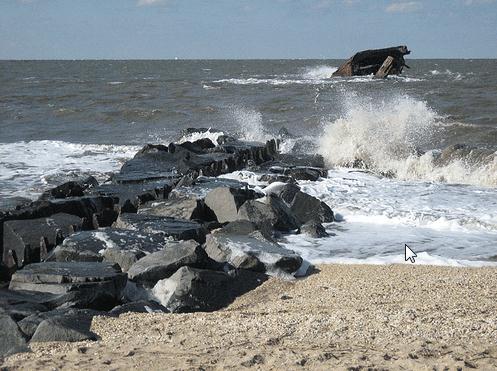
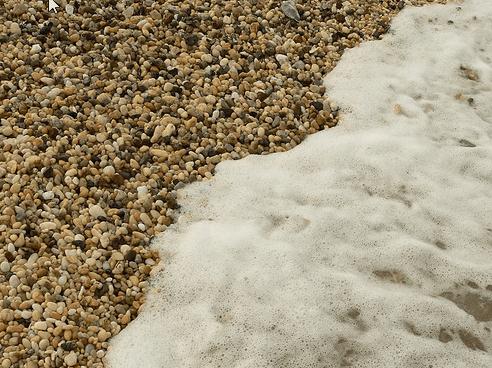
Cape May Diamonds come in a variety of sizes and are found in abundance along the beach. Depending on time of year and current conditions, Cape May diamonds can be found in sizes up to and larger than a marble. The larger stones come ashore mostly in the winter months when the surf is considerably stronger, particularly during storms. However, most are small as baby’s teeth. Cape May diamonds may be polished to bring out their crystal brilliance and look like diamonds to the untrained eye.
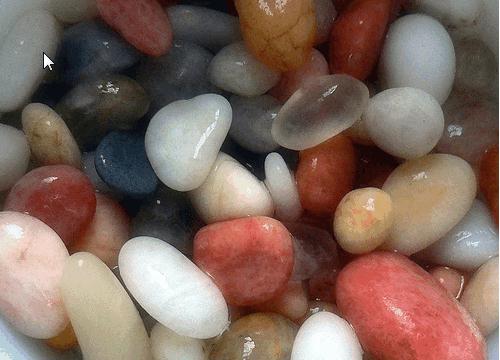
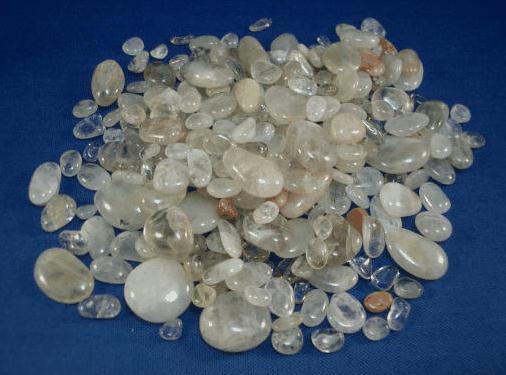
EARTHCACHE.ORG GUIDELINES FOR LOGGING AN EARTHCACHE:
EarthCache sites must provide Earth science lessons. They take people to sites that can help explain the formation of landscapes or to sites of interesting phenomena such as folds, faults, intrusions or reveal how scientists understand our Earth (such as fossil sites etc.) EarthCache sites must be educational. They provide accurate but simple explanations of what visitors will experience at the site. Logging of an EarthCache must involve visitors undertaking some educational task that relates to the Earth science at the site. This could involve measuring or estimating the size of some feature or aspect of the site, collecting and recording data
TO LEARN ABOUT THE CAPE MAY DIAMONDS EARTHCACHE YOU MUST FOLLOW THE LOGGING REQUIREMENTS:
1. You must search the beach and locate at least 5 different CLEAR quartz crystals aka "Cape May Diamonds."
2. You must search the beach and locate at least 2 different COLOR quartz crystals.
3. Describe and list in your log the quantity and how many different color varieties of the quartz crystals you found during your hunt for the 5 clear and 2 color quartz crystals, example: clear, red, green, pink, etc...
4. Describe the size of the largest CLEAR quartz crystals aka "Cape May Diamond." you found.
5. You MUST take a photo of the 5 clear and 2 color quartz Crystals aka"Cape May Diamonds" you found and or you collecting the "Diamonds" at the beach, and post it with your Log.
6. Fun Additional beach Photos are welcome!
"Cape May Diamonds" samples may be collected as part of the cache experience, or returned to the beach.
HAVE FUN SEARCHING FOR CAPE MAY DIAMONDS.
ADDITIONAL HISTORY:
Cape May Point was the tribal headquarters of the Kechemeche Indians, part of the Lenni-Lenape Council. These Indians were blood affiliates of the Algonquin Nation, a peace loving tribe of aborigines. The Kechemeche were the first to find the beautiful translucent stones known as Cape May Diamonds. The gems were found in limited areas on the beach along Delaware Bay. These gems were held in high esteem by the Indians, who attracted mystical powers and a scared trust to their possession. The Kechemeche believed these curious stones possessed supernatural powers, influencing the success, well-being and good fortune of the possessor.
The bonds of friendship and lasting good will were often sealed with the gift or exchange of these beautiful sacred gems. This was especially true of those gems which were larger and free of any flaws. One of the largest Cape May Diamonds was presented to an early settler, Christopher Leaming, by King Nummy, last chief of the Lenni-Lenape. King Nummy received the gem from the Kechemeche as a tribute to him and as proof of their faithfulness and loyalty.
Mr. Leaming had the stone sent back to the old country. In Amsterdam, Holland, a lapidary expertly cut and polished it into a beautiful gem.